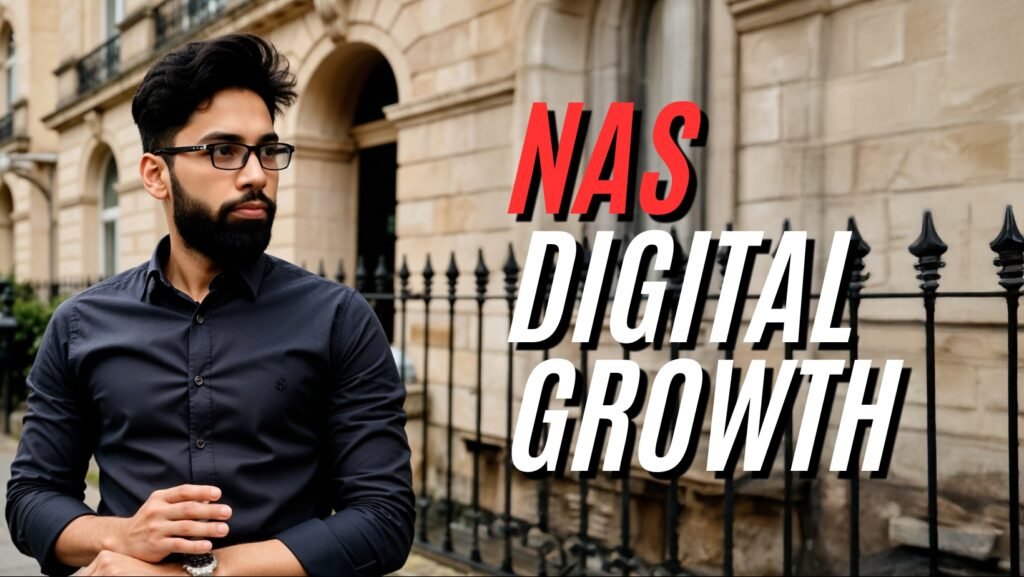Introduction: The Silent Killer of Momentum
You’ve probably done it — sitting at your desk, thinking about all the things you could be doing… but doing none of them. You plan, research, and wait for the “perfect time.” A week passes. Nothing changes.
That’s the quiet trap that kills more dreams than failure ever could: overthinking. It gives the illusion of progress — you feel busy — but the treadmill keeps you in place. Freedom never comes from perfect plans. It comes from consistent movement.
1) Understanding the Overthinking Loop
Overthinking isn’t laziness — it’s fear dressed up as logic. Your brain is trying to shield you from uncertainty, so it whispers:
But waiting for certainty is like waiting for a storm to pass before learning to sail. Every expert you admire started with uncertainty. The difference is, they moved anyway. Action collects real data and confidence; overthinking collects anxiety and regret.
2) Why Overthinking Destroys Freedom
Freedom is about control — of time, energy, and future. Control only comes from action. When you hesitate, you drift into reaction: waiting for the “right moment” that never arrives. Each delay hardens hesitation into habit.
Freedom begins the moment you stop negotiating with hesitation.
3) The Proven Way: Action Systems Over Motivation
You don’t need more motivation; you need a system. Motivation is a spark — great but fleeting. Systems are engines — they run even when you don’t feel like it.
- Daily 90-minute deep work: one block before distractions.
- “3 Wins” checklist: three essential actions you finish every day.
- Weekly review: measure progress, not perfection; refine next steps.
When you rely on structure over feelings, you don’t fight overthinking — you outsmart it.
4) The 2-Minute Rule: Trick Your Brain Into Starting
Catch yourself hesitating? Say: “I’ll just do it for two minutes.” You lower resistance and begin. Starting is the hardest part; once you begin, momentum takes over. Freedom starts with micro-actions done consistently.
5) How Action Builds Clarity and Confidence
Overthinking thrives on uncertainty; action creates certainty. Each step teaches you something and builds evidence you can trust yourself:
- Record a first video → the message isn’t bad — improve the hook.
- Publish an offer → see what people actually respond to.
- Pitch a client → learn how to sharpen your next proposal.
Confidence isn’t imagined — it’s earned through execution.
6) The Freedom Flywheel: Think → Act → Learn → Adjust
Freedom = Momentum × Direction. You don’t need to move fast — just keep moving the right way. Run this loop continuously:
- Think: set a simple hypothesis.
- Act: test in the real world.
- Learn: read the results honestly.
- Adjust: iterate, then loop.
Like compounding returns, repeated cycles multiply results. Winners don’t overthink step one — they iterate to step five.
7) Silence the Noise — Protect Your Mental Bandwidth
Most overthinking isn’t about what to do; it’s too many options. Reduce inputs to increase execution:
- Follow 2–3 mentors whose results you trust.
- Mute accounts that spark comparison rather than action.
- Protect mornings: no scrolling, no notifications, deep work first.
Your brain is a computer; every open tab consumes power. Close the ones that don’t build your life.
8) The Power of Imperfect Action
The people winning aren’t always the smartest — they’re the fastest learners. They publish, sell, iterate. While perfectionists polish step one, executors ship version five.
9) Replace Overthinking with Reflection
Overthinking asks, “What if I fail?” Reflection asks, “What did I learn?” Swap paralysis for progress with a simple weekly journal:
- Do: What did I finish this week?
- Learn: What did it teach me?
- Improve: What’s the next small change?
This habit rewires your brain from anxious to analytical.
10) The 90-Day Freedom Challenge
Three months of consistent action beats three years of overthinking. Try this:
- Choose one goal: e.g., “Close 3 clients,” “Publish 20 videos,” “Launch v1 of my product.”
- Define your cadence: daily or weekly actions you can track.
- Make it visible: public tracker or accountability partner.
- Review weekly: keep what works, change what doesn’t.
By day 90, you’ll have clarity, data, and momentum — the real foundations of freedom.
11) Discipline: The Foundation of Freedom
Freedom looks effortless from the outside. In reality, it’s built on discipline — structure that protects your best actions from your worst moods.
- Time discipline: schedule deep work; guard it like a client meeting.
- Money discipline: automate saving/investing; cap lifestyle creep.
- Attention discipline: cut low-value inputs; focus on your system.
Discipline isn’t punishment — it’s design. Design your life; don’t drift through it.
12) Start Today — Not Tomorrow
Tomorrow is the comfort zone’s favourite word. If it matters, start today, even if it’s tiny. Six months from now, you’ll have results or regrets — and the difference will be today’s decision.
Next Step: Turn Momentum into a System
Ready to move from ideas to income? The Freedom Formula Blueprint gives you checklists, a weekly review rhythm, and a daily action engine you can run immediately.



